Why light and frequent topdressing programs are important
Sand topdressing is one of the most important practices for producing smooth putting surfaces and diluting thatch and organic matter. Despite this fact, some courses only apply sand during aeration or infrequently during the golf season to avoid disrupting golfers and dulling mower blades and bedknives. The consequences of an inadequate topdressing program may not be observed immediately, but eventually, there will be significant negative impacts on playability and turf health.
This two-part article will provide recommendations on sand selection, topdressing rates and application frequency to help ensure that your topdressing program delivers the best results.
What happens when golf courses don’t apply sand topdressing?
In the absence of adequate sand top-dressing, putting greens accumulate excess thatch and organic matter. This results in soft, spongy surfaces that retain elevated levels of soil moisture. Putting surfaces of this nature are also susceptible to mower scalping and disease problems. Footprints, tire tracks from maintenance equipment, and deep ball marks are also problematic on soft greens. An infrequent sand topdressing program also creates distinct layers of sand and organic matter, which restricts water movement, oxygen diffusion and root development.
What is the goal of a sand topdressing program?
Everyone agrees that putting greens are the most important playing areas of any golf course. Maintaining smooth, firm but receptive healthy greens with a good pace is of paramount importance. A regimented sand topdressing program that considers the sand type, application rate and frequency is essential to achieve optimal playing surfaces.
Creating and maintaining a surface zone comprised of intermingled sand and organic matter is ideal for providing smooth, firm putting surfaces that hold up well to traffic. Additionally, greens that contain a healthy mixture of sand and organic matter will dry more evenly than greens containing excess thatch and organic matter. This means less localized dry spots and hand watering.
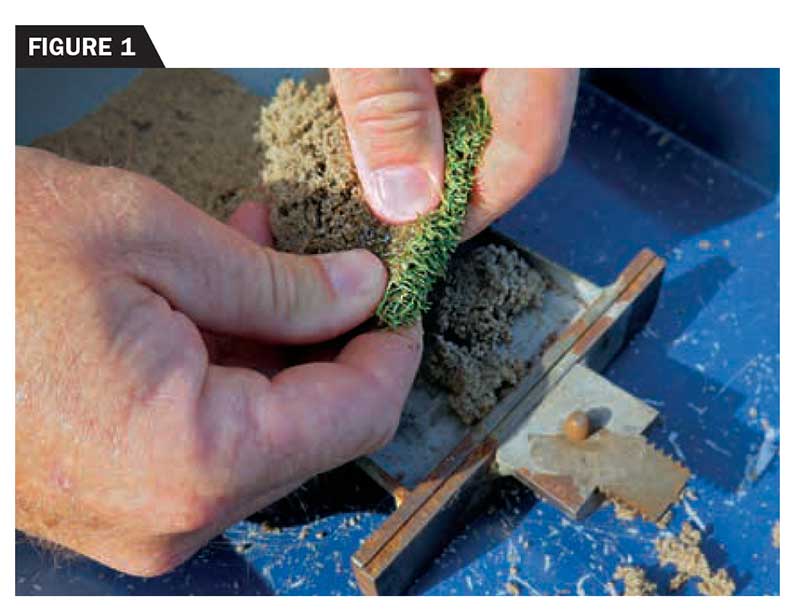
Visible water squeezed from a putting green’s surface layer is a good indication that more sand is required to dilute thatch and organic matter. (photo by: Brian Whitlark, USGA Green Section)
Assess rootzone physical characteristics
Before selecting appropriate sand for topdressing, it is critical to identify the physical characteristics of the existing rootzone material and evaluate the performance of the greens (Figure 1). There are a number of questions to answer in this process. Is there excess organic matter near the surface? Do the greens contain excess fine material, such as silt and clay? Do the greens hold too much or too little water? Do the greens rut when driving a riding mower or sprayer across the surface? Are the greens too firm or too soft? Is there an abundance of deep ball marks on greens?
While light and frequent sand topdressing will benefit all courses, some circumstances will require an accelerated program to improve rootzone conditions and playability. Field observations have revealed that significant improvement in turf performance and playability can be achieved in as little as 12 to 18 months if adequate sand is applied to dilute thatch and organic matter (Figure 2 A and B).
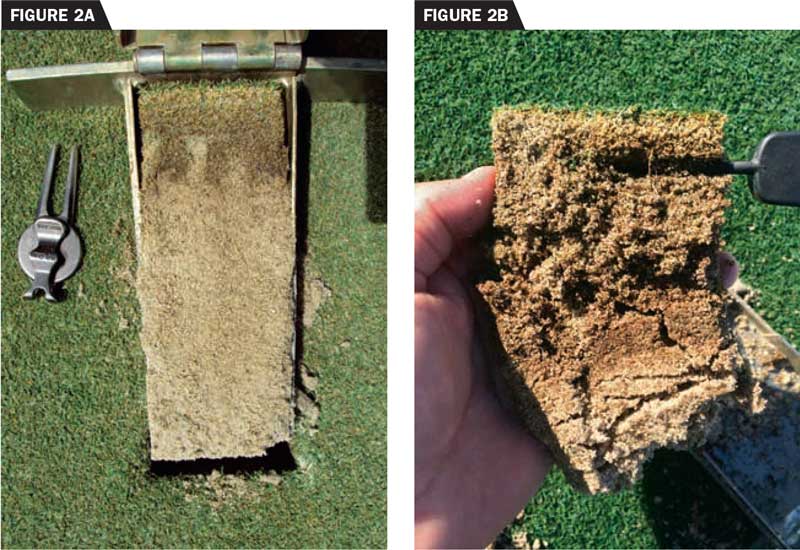
On the left, these creeping bentgrass greens were core aerated twice annually but received relatively infrequent topdressing. Organic matter accumulation caused soft conditions and localized dry spot. On the right, two growing seasons after initiating a topdressing program that applied no less than 30 cubic feet of sand per 1,000 square foot annually, organic matter has decreased by 30 percent, and surface performance has improved significantly. (photos by: Brian Whitlark, USGA Green Section)
Sand selection
Selecting the appropriate sand for routine topdressing and aeration begins with identifying the particle size range that will produce the desired outcome. The primary goal for any sand topdressing program is to dilute organic matter and produce smooth, firm putting surfaces while minimizing golfer and mower impact. Additional considerations include sand shape and mineralogy, cost, consistent quality, and long-term availability.
Field observations and research demonstrate that two or more sand materials can provide an effective greens topdressing program. One type of sand can be used for aeration and topdressing when playability is not a priority — e.g., using coarse sand to topdress greens prior to winter dormancy or during overseeding. Another less coarse sand could be used for routine topdressing when minimizing disruption to playability is important.
Concerns with using two different sand materials for topdressing greens will be discussed in Part 2.
Aeration sand — Sand used to fill aeration holes should closely match the physical characteristics of the sand used to construct the greens, assuming the greens were built according to USGA recommendations or there is confirmation that the rootzone mix has desirable physical performance characteristics. For more information on selecting a rootzone material for putting greens, read the USGA Recommendations for a Method of Putting Green Construction. For native soil greens, it is often recommended to use sand that is more coarse than the existing rootzone material to improve aeration porosity and water infiltration.
Routine topdressing sand — Historically, the industry has worked under the notion that the physical characteristics of topdressing sand should closely match the sand used to construct greens. While this philosophy remains sound, research and field observations have revealed that golf courses can use sand with fewer coarse particles without compromising the integrity of the greens. Courses in the southeastern United States have recognized this and have been using less coarse sand for topdressing for more than 20 years with good success. Until only recently, researchers have more closely examined the impact on putting green performance when using sand containing fewer coarse particles than the existing rootzone.
Sand used to routinely topdress putting greens can be less coarse than the sand used to fill holes during aeration. A general guideline is to select a sand with a minimum of 50 percent of its particles in the medium-sized fraction (0.25 to 0.50 mm in diameter) and 15 to 40 percent in the coarse fraction (0.5 to 1.0 mm in diameter). The fine sand fraction (0.15 to 0.25 mm) should not exceed 25 percent, and the very fine fraction (0.05 to 0.15 mm) should not exceed 5 percent.
Ideally, the material should have no particles greater than 1.0 mm in diameter, given the difficulty in getting these larger particles to work down into the turf canopy. It is recommended to use a material with a coefficient of uniformity (CU) greater than 1.8. If the sand is too narrowly graded, producing a low CU may result in soft, unstable surfaces. However, the CU is not the only determining factor in stability — sand shape also plays a role, with angular sands being more stable. Utilizing a coarser sand during aeration will create more stability.
Fear of layering — Topdressing with sand with few or no particles greater than 1 mm in diameter and only 10 to 40 percent in the coarse sand fraction (0.5 to 1.0 mm) is not a concern. Removing this larger sand fraction will not create agronomic problems such as increased moisture retention and reduced infiltration rate. However, topdressing with sand with greater than 25 percent fine material (0.15 to 0.25 mm) could potentially lead to increased moisture at the surface of the greens. Superintendents are encouraged to collect soil cores and analyze for physical characteristics every few years to monitor putting green performance.
Mineralogy — While silica sands containing predominantly quartz and feldspars are most desirable due to their high tolerance to weathering, calcareous sands have been used successfully for many decades. However, it is recommended to avoid sand containing very high levels of calcium carbonate — i.e., limestone — such as coral sands.
Cost — The cost of quality topdressing sand for greens ranges considerably throughout the U.S. While some courses will pay $100 or more per ton of sand, the cost is worth every penny if this material makes the difference between good and great putting surfaces.
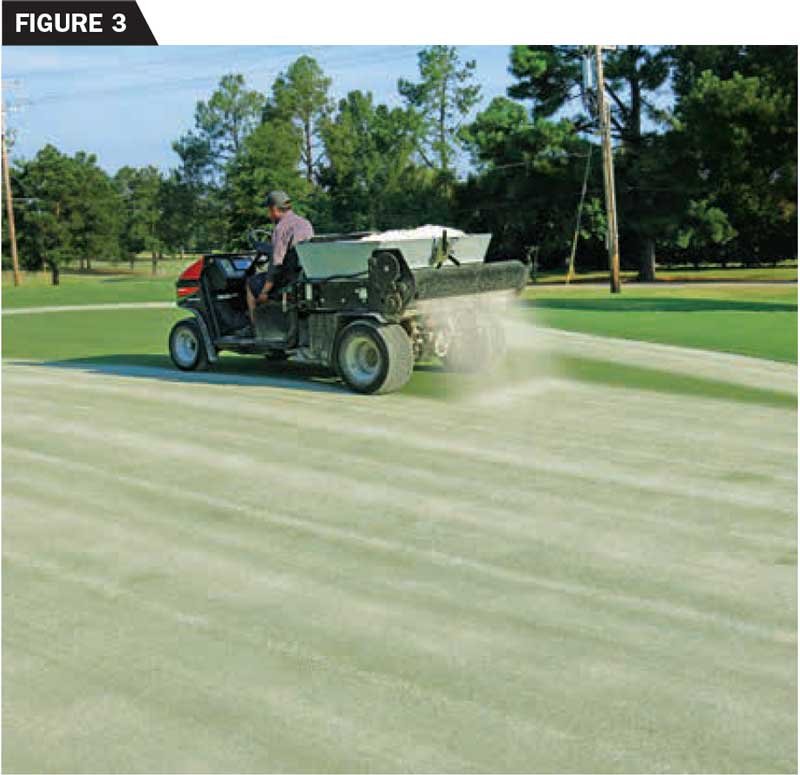
A drop-style topdresser can deliver sand to the putting surface with high precision. This operator is applying 1 cubic foot of sand per 1,000 square feet. (photo by: Brian Whitlark, USGA Green Section)
Research takeaways
- Sand topdressing is the most important cultural practice for managing organic matter.
- Recent research confirms the benefits of light and frequent sand topdressing programs that provide less immediate disruption, better playing conditions, and better rootzone characteristics over time.
- It is critical to assess putting green performance and the quality of the rootzone to determine if circumstances warrant an accelerated program for improvement beyond what is possible with light and frequent topdressing.
- Regardless of the selected topdressing program, silica sand is preferred because of its tolerance to weathering.
- Aeration back-fill should closely match the physical characteristics of the sand used at construction. Still, routine topdressing sand can be somewhat less coarse to ease incorporation and reduce wear on mowers. Ongoing research suggests that this will not impede infiltration or cause an overly wet surface.
- Regardless of the selected topdressing program, it is wise to assess rootzone physical properties regularly by submitting core samples to a soil-testing laboratory.
This article originally appeared in the May 2019 issue of the USGA Green Section Record.









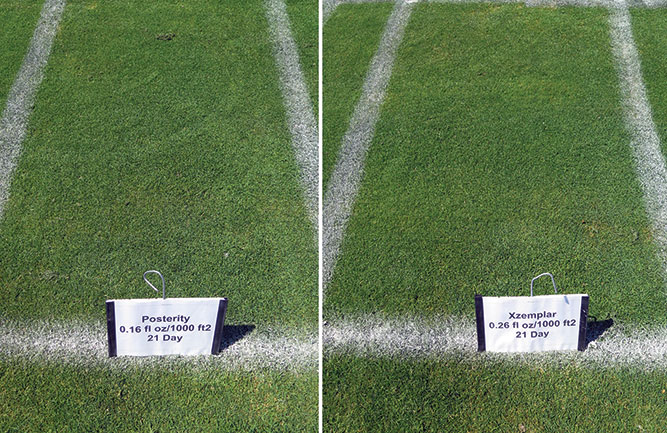
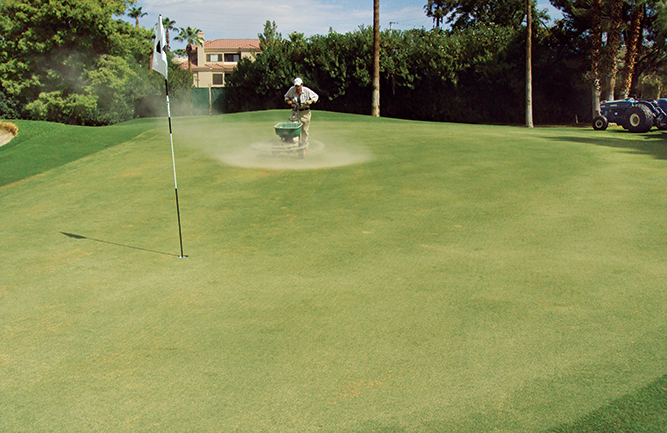
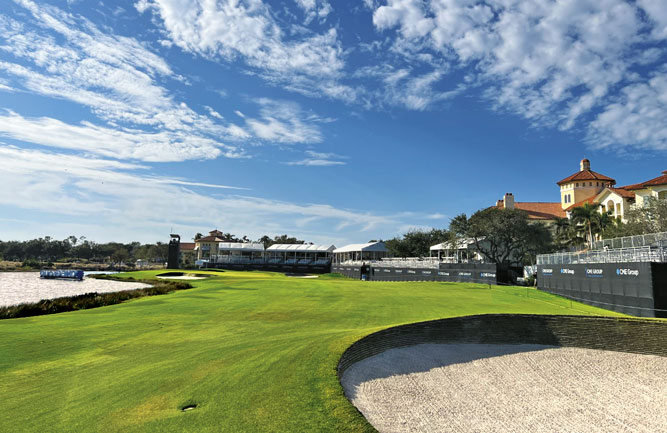
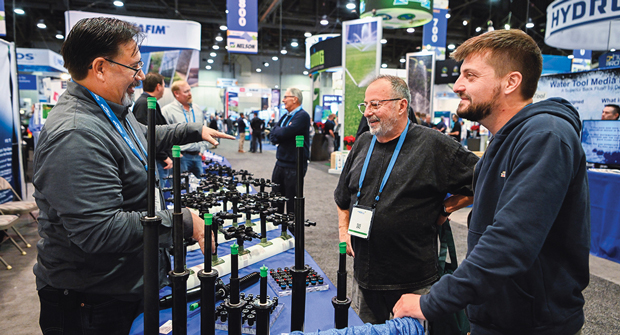
Greens rebuilt 5 years ago. Is it too early to start aerification and top dressing. Mid west 007
Approximately how much sand per 1000
Sq ft should be used per top dressing? Should this include the collars as well?